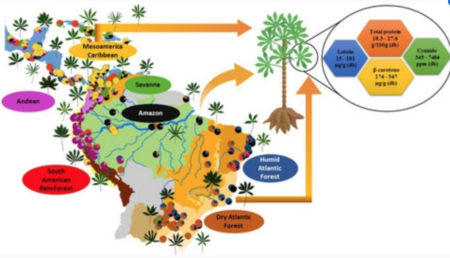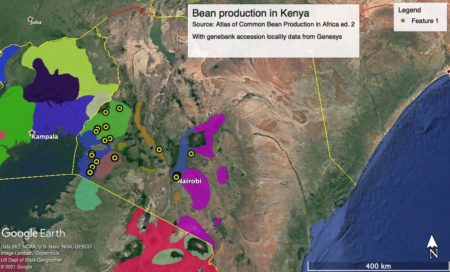The International Journal of Food Science + Technology has a special issue out that sounds extremely interesting. Here’s how the introductory editorial, led by Dominique Dufour, describes it.
“Consumers have their say: assessing preferred quality traits of roots, tubers and cooking bananas, and implications for breeding” special issue, brings together new knowledge about quality traits required for roots, tubers and bananas (RTB) varieties to successfully meet diverse user preferences and expectations, along the variety development and RTB value chains (production, processing, marketing, food preparation, consumption). Key RTB crops in sub‐Saharan Africa are cassava, yams, sweetpotatoes, potatoes and bananas/plantains. They are mainly consumed directly as boiled pieces or pounded in the form of smooth, not sticky, and stretchable dough. They are also stewed, steamed or fried. Cassava, the most widely grown RTB, is generally boiled, stewed or steamed in Eastern and Southern Africa, and in West and Central Africa is usually processed directly into derivative products, e.g. whole root fermentation through retting or heap fermentation; fermentation/dewatering of the mash. Biophysical and social knowledge presented in this issue help elaborate goals for both the processing unit operations (food scientist control) and variety traits (breeder control).
In a perfect world, I’d do a deep-dive Brainfood on the whole thing, but that’s looking highly unlikely at the moment, so let me whet your appetite with this nice illustration from the paper “Cyanogenic, carotenoids and protein composition in leaves and roots across seven diverse population found in the world cassava germplasm collection at CIAT, Colombia.”

All the papers are open access. Anyone out there want to help me out with a dedicated Brainfood? Maybe go halves?

